

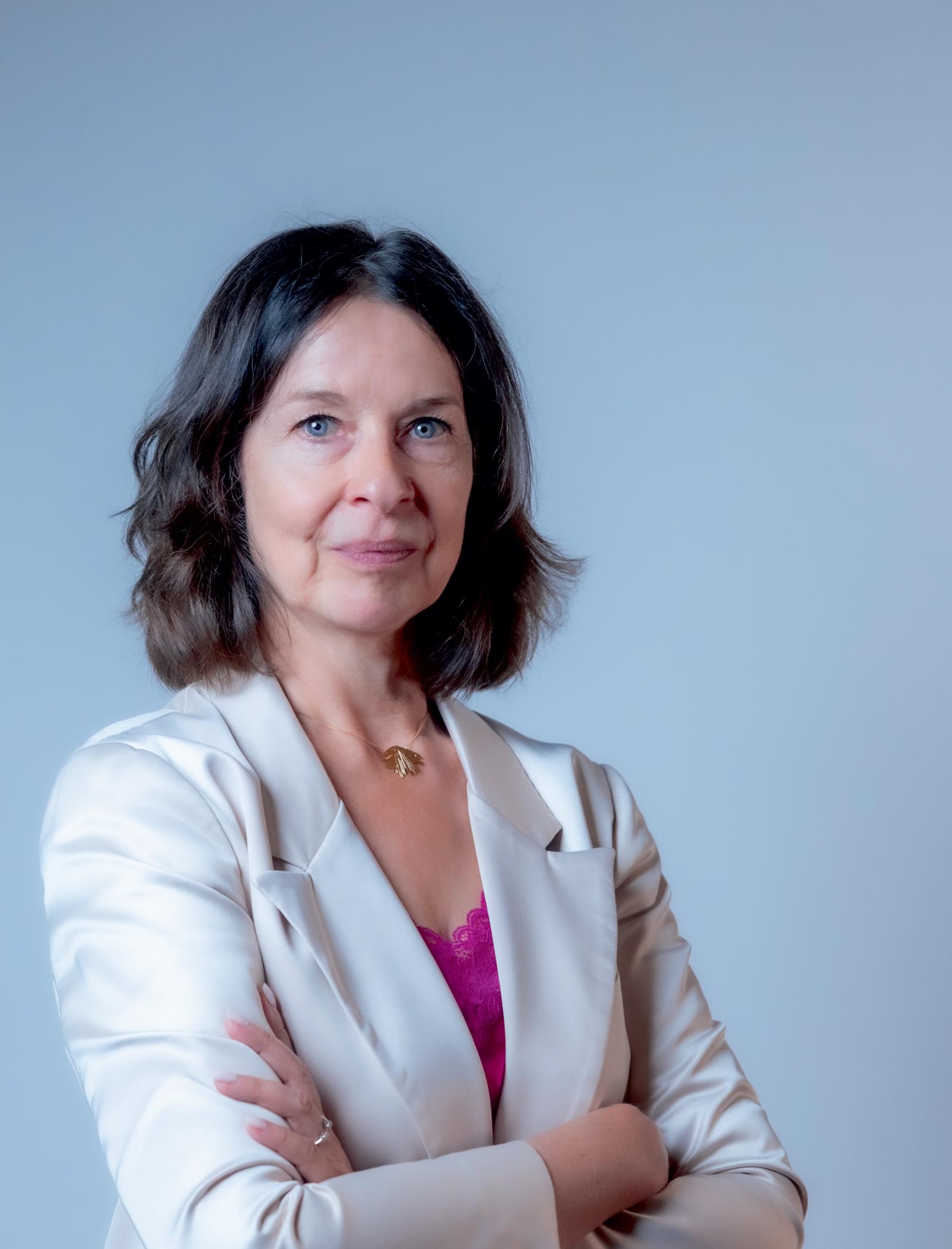
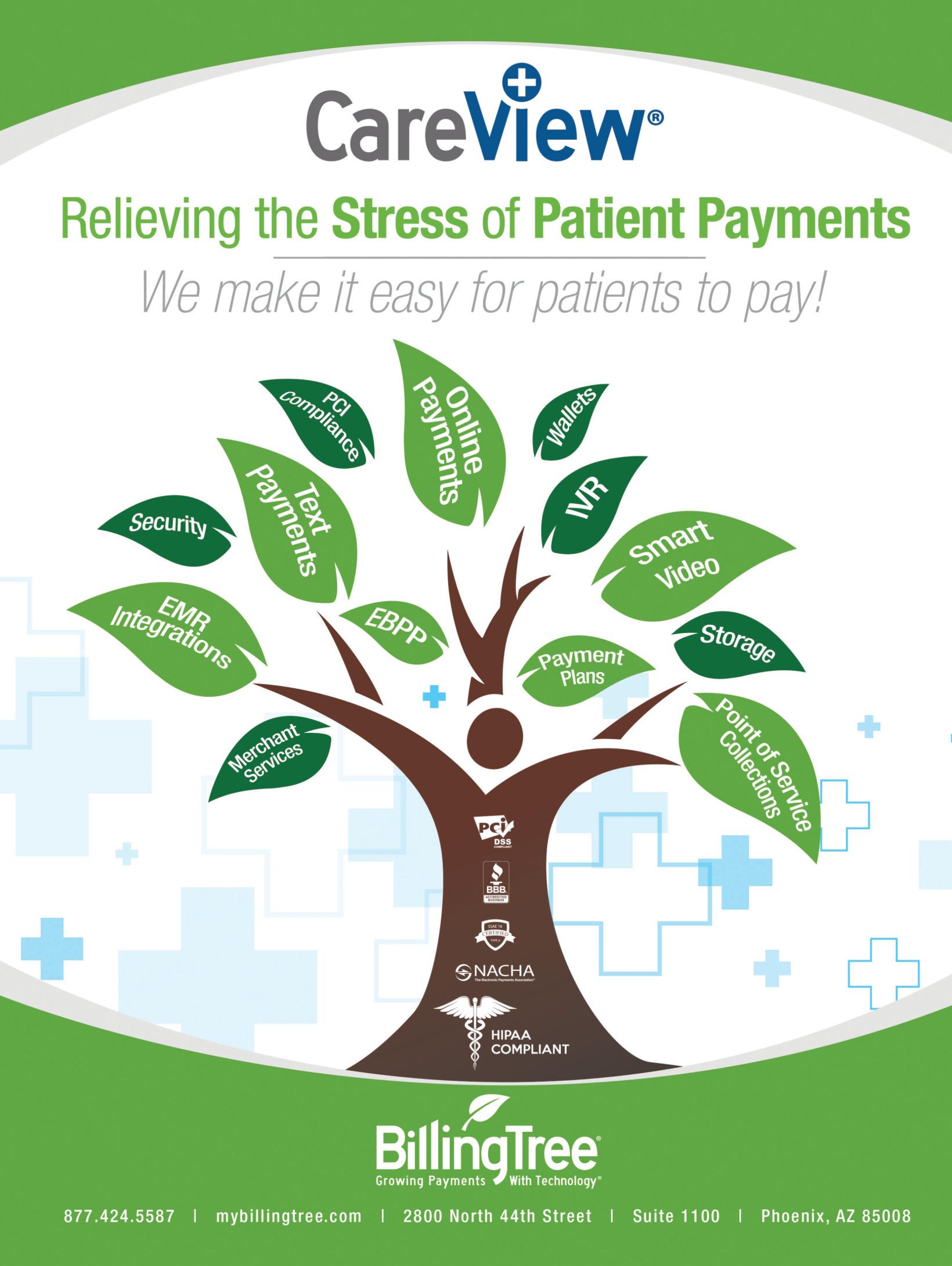








Natalie May
Natalie May
Switzerland’shealthcaremodelisaworldstandard,
merginguniversalcare,state-of-the-arttreatment, andpatient-orientedpractice.Butitsexcellenceis notmerelyduetoinfrastructureorpolicybutalsothe visionarieswhonavigateitstrajectory.Inthisedition, Switzerland’s Top 5 Impactful Leaders in Healthcare Reshaping the Industry, 2025 wehonorsomeofthese visionaries.
OurcoverfeatureshinesalightonÉlodieDuperchywhose individualpathcrossesbeautyandmedicine,delivering outside-the-boxthinkingtopatient-focusedcare.Her capacitytocombineaestheticswithwellnesshastransformedourunderstandingofholistichealth.Wealsofeature Dr.MarkusMeier,amasterstrategistwhosestructural reformshaveoptimizedoperationsandimprovedcare deliveryinSwitzerland’sdecentralizedenvironment.
Theseleaders,withdaringinnovationandunshakable dedication,areaddressingchallengessuchasincreasing costsanddigitalizationwhileprioritizingqualityand
accessibility.FromleadinginAI-baseddiagnosticsto advocatingsustainablehealthcaremodels,theireffortsare positioningafuturewhereSwitzerlandisstillaworld leader
Thispublicationprovidesmorethanprofiles—it’sanindepthlookintothemindsfuelingchange.Lookforinsights intotheirplans,motivations,andvisionsforahealthier future.Asahealthcareprovider,policymaker,orjust someonewhowantstoknow,thesestorieswillinspireand educate.
Asweprogressfurtherinto2025,let’shonorthecombined geniusofSwitzerland’smedicalprofessionals,ablyledby suchoutstandingleaders.Theirvisionilluminatesasystem thatnotonlycuresbutuplifts.
Dive in for an enlightening read.
Shaping the Future of Aesthe�c Healthcare



Featuring Person
Dr. Markus Meier CEO
Organiza�on
KSA Kantonsspital Aarau ksa.ch
Élodie Duperchy Country Manager Cutera, Inc cutera.com
Peter Ruff CEO & Founder
Rocco Mancarelli Country Manager
Thomas Rudin CEO
Exploris Health AG explorishealth.com
Alma Lasers GmbH alma-lasers.de
Bethesda Spital AG bethesda-spital.ch
Brief
Dr. Meier transformed a financially struggling hospital into a beacon of opera�onal excellence, achieving costefficiency and reinforcing its status as a leading medical ins�tu�on.
Élodie is a dynamic leader in Switzerland’s healthcare and beauty sectors, driving innova�on and collabora�on. Her strategic vision and trusted rela�onships foster impac�ul solu�ons.
Peter is a visionary leader driving innova�on in healthcare solu�ons, with a passion for advancing medical technology and improving pa�ent outcomes through strategic partnerships and cu�ng-edge research.
Rocco is a dynamic professional overseeing regional opera�ons, fostering growth, and building strong client rela�onships to deliver advanced laser technology solu�ons for medical and aesthe�c applica�ons.
Thomas is a dedicated execu�ve steering healthcare excellence, focused on enhancing pa�ent care, opera�onal efficiency, and community well-being through innova�ve hospital management and compassionate leadership.
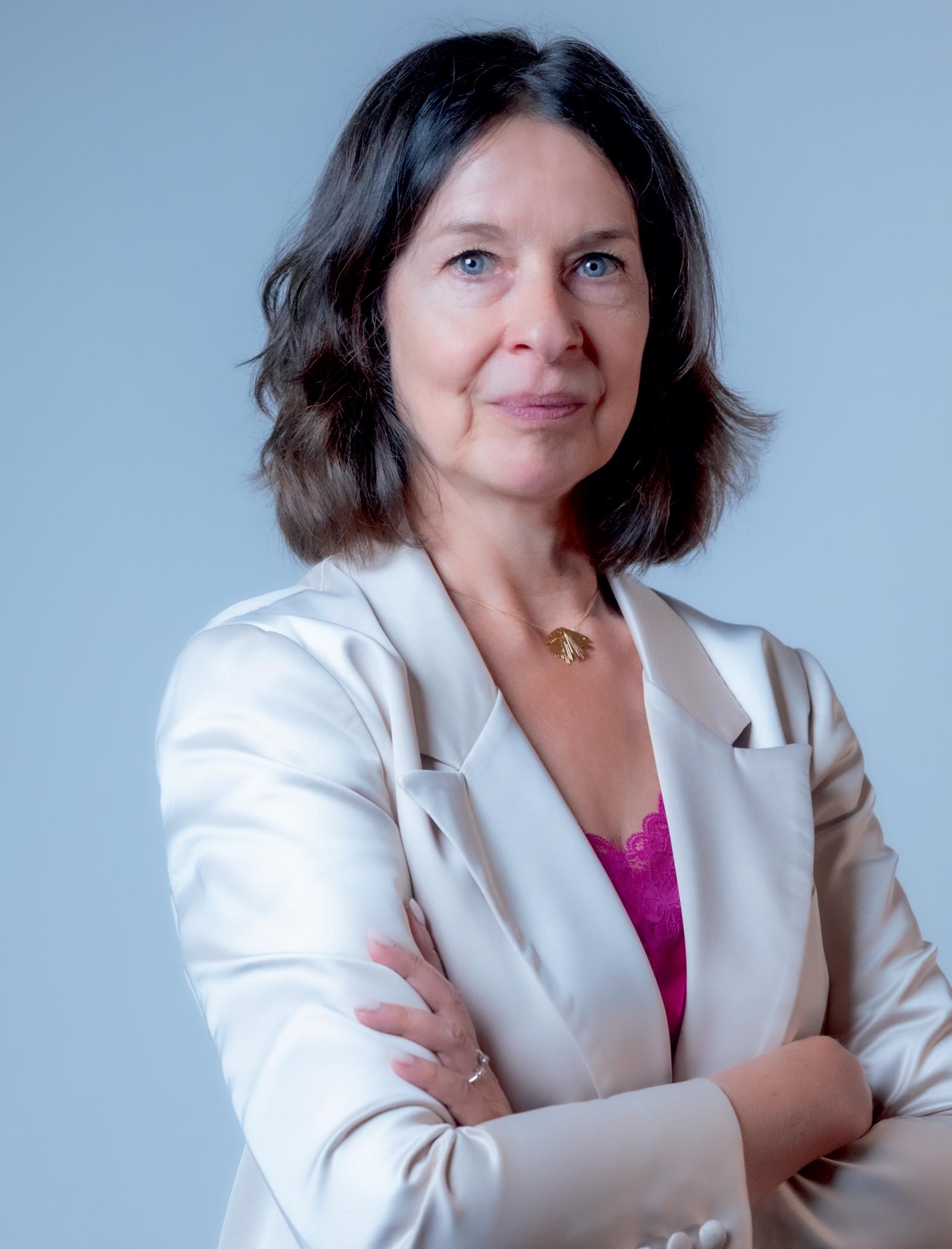
copyright @tersiusvanrhyn

Shaping
Country Manager Switzerland

In Switzerland, healthcare leaders are working hard to
bringnewsolutions,careforpatientsbetter,andkeepup with changing rules. Élodie Duperchy is one of those leadersmakingarealdifference.She’stheCountryManager at ,aglobalcompanyknownforitshigh-techmedical Cutera aesthetics devices. With her background in both beauty and healthcare, Élodie has helped the company grow in Switzerland. Her strong leadership and clear vision have madeheratrustedandrespectedvoiceintheindustry.
Élodie’scareerbringstogetherhealthcareandbeauty,giving hertherightexperiencetoleadinachallengingfield.Shehas learnedandgrownwitheverynewstep.Herleadershipisbuilt ontrust,workingwellwithothers,andplanningforthelong term especially important in Switzerland’s strict and changinghealthcaresystem.
At Cutera, Élodie prioritizes building strong relationships with clients and partners. She believes that success goes beyond just technology and devices; it’s about creating real value through collaboration and trust As Switzerland’s healthcare ecosystem continues to transform in 2025, Élodie’s leadership highlights the balance between innovationandmeaningfulconnections.
Let’s delve deeper into Élodie’s vision, experiences, and aspirationsasaleaderinthehealthcaresector!
Élodie’sjourneytothemedicalaestheticsfieldbeganwitha diverse career that spanned the perfume and cosmetics industries.Foroverfifteenyears,sheworkedwithprestigious brands like Henkel and LVMH, alongside smaller national companies. “I learned a lot working for these prestigious groups,aswellasinsmaller,nationalcompanies.Itgavemea strong foundation in business,” she says, reflecting on her initialyearsinthebeautyindustry
However,Élodiefelttheurgetoexploreadifferentdimension of beauty—one that merged science with aesthetics. Having workedforalargemedicalanalysislaboratory,UNILABSin Geneva, she found herself drawn to the medical aspect of beauty “I wanted to move into the business of medical aesthetics to discover a different stratum of beauty,” she explains.
Thisinterestinmergingaestheticswithhealthcareledherto Teoxane, a Geneva-based laboratory manufacturing fillers. Here, she discovered the world of aesthetic medicine, focusing on skin beautification and cultivating deep

“Drawing on your authenticity gives you a palpable strength that enables you to be right in your actions and decisions. Then everything becomes uid, despite the difculties.”
relationships with industry partners. These experiences allowedhertolearnabouttheintricaciesofthebusinessand setthestageforhertransitiontoCutera.“Cuteraapproached me to join their team, and that’s how I started my career in medicalequipment.It’sbeenanexcitingjourneyforthelast fiveyears,”sherecalls.
AstheCountryManagerforSwitzerland,Élodie’sapproach has always centered on creating long-term partnerships. “I want us to provide our partners with real support and added value in terms of purchasing and follow-up,” she shares, emphasizing that the mission goes beyond simply meeting salestargets.Forher,it’saboutdeliveringconsistentservice andcultivatingtrust.
Oneofherfirstgoalswastofocusonunderstandingtheneeds of customers. “We need to help our customers think about their future projects. Listening to them, understanding their objectives and desires, and the resources they’re willing to commitiscrucial,”sheexplains.Bydoingso,Élodiebelieves Cutera can offer tailored solutions that fit each customer’s uniqueprofile.
At Cutera, the philosophy is clear: it’s about offering a personalized experience, not just selling products. “It’s not about selling just to sell and satisfying a commercial objective.Wecan’tgofarinthemedicalequipmentbusiness otherwise,”sheasserts.

copyright @tersiusvanrhyn
Élodie’s deep understanding of the regulatory landscape in Switzerlandhashelpedhernavigatesomeuniquechallenges in the healthcare sector. When she joined Cutera, one of the significant issues she encountered was new legislation surrounding laser use. “When I joined Cutera, I learned at a Dermatologycongressthatanewlegislationhadbeenpassed inJune2019ontheuseoflasers.Thislawwastotakeeffectin June2024,”sherecalls.
Thenewlaw,designedtoprotectthepopulationfromharmful radiation,affectedhowaesthetictreatmentswerecarriedout in the country Since aesthetic medicine is not yet a recognized specialty in Switzerland, Élodie and her team at Cutera focused on training medical professionals to ensure compliance with the law while maintaining high treatment standards.
Training, particularly in the usage of lasers, remains one of herpriorities.“I’vebeeninhighdemandbydoctorsandtheir teams to answer their questions and set up new training procedures,” she shares. Cutera’s training is not limited to internal staff but extends to medical professionals who are seekingup-to-dateeducation.Collaborationswithrecognized
training centers and medical associations ensure that their offeringsremainrelevant,effective,andcompliant.
Élodie’s leadership style is rooted in trust and open communication.“Whetherit’swithmycolleaguesorwithour partners,wehavetoearneachother’strustifwearetobuild healthy, long-term relationships,” she explains Her leadershipapproachisbasedonreciprocity,wheretrustflows notonlyfromthetopdownbutalsohorizontallyamongteam members.
Élodie recalls how she initially worked to rally different departments, from technical and clinical to marketing, to createacollaborativeenvironment.“Istartedbyrallyingthe technical,clinical,andmarketingdepartmentstomycause,” she notes. “Once they understood my way of working, they were able to support me with their teams, and I was able to reproduce the same thing at a second level, i.e., with my customersandfuturepartners.”
Through her leadership, Élodie has fostered a sense of unity andsupportwithinherteam,particularlyduringdifficult
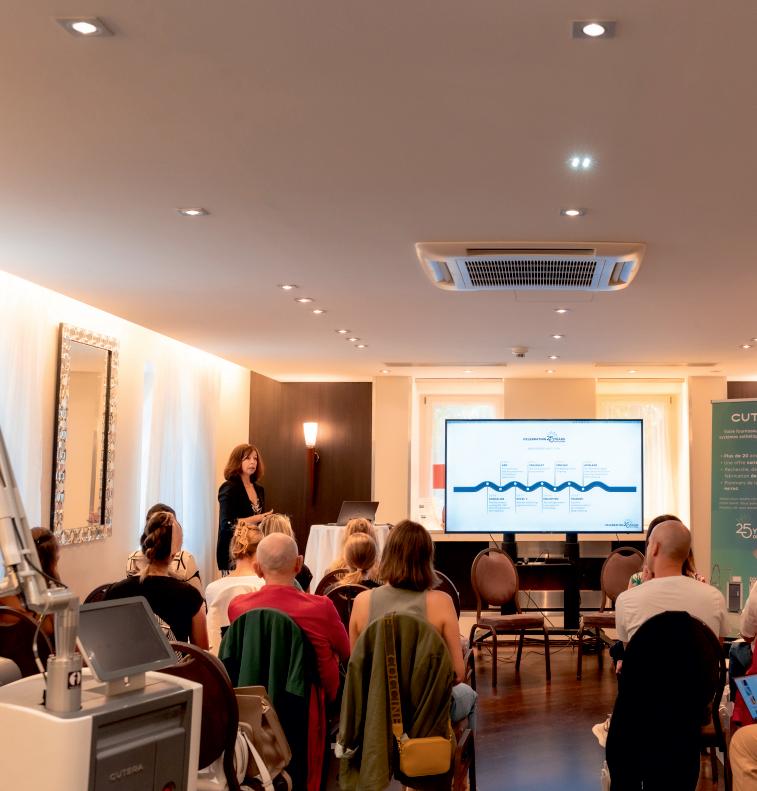
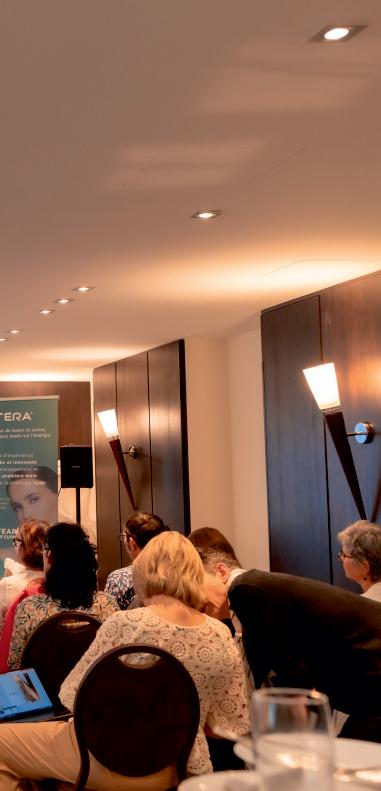

“Whether it’s with my colleagues or with our partners, we have to earn each other’s trust if we are to build healthy, long-term relationships.”
times,suchasthepandemic.“Everyoneneededreassurance. Wewerestillinthemiddleofthepandemic(spring2020)and there had also been various changes within Cutera Switzerland,” she remembers. Even in times of uncertainty, Élodie’s focus on consistency, perseverance, and responsivenesshasbeenkeytomaintainingteammoraleand customersatisfaction.
One of the standout successes under her leadership is the introduction of Cutera’s Aviclear platform in Switzerland. Aviclear, the first FDA-cleared energy device for the treatment of mild to severe acne, has brought significant advancementsinpatientcareandclinicalresults.“Aviclearis a real technological breakthrough that will enable us to take patientcaretothenextlevel,”shestatesproudly
Aviclearusesa1726nmwavelengthtotargetandsuppressthe sebaceous glands, which are responsible for acne. This treatmentisincrediblyeffective,withclinicalstudiesshowing that acne outbreaks are less intense and frequent after the procedure. “It significantly eliminates acne in just three treatment sessions,” she explains, highlighting the positive impactthistechnologyhashadonpatients’lives.
For Élodie, this innovation is more than just a technological advancement. “Acne is one of the most common skin diseases, with a psychological impact that can be extremely serious,” she reflects. The ability to offer patients a noninvasive,effectivesolutionforacnemarksapivotalmoment inadvancingpatientcareintheaestheticindustry


Digital transformation is central to Cutera’s operations worldwide. “As an American company, Cutera is at the cuttingedgeofdigitaltransformation,”Élodieexplains.From salesteamsusingSalesforcetofieldservicemanagementwith Outsmart, these technological advancements are implemented internally by the company’s global management,benefitingallcountries,includingSwitzerland, bystreamliningoperationsandimprovingefficiency
The newest generation of Cutera devices, including the Aviclear and Xeo+, are also connected to the internet, allowing doctors to monitor and manage their devices remotely. “This enables our field service engineers to react morequicklyintheeventofatechnicalproblem,astheycan find out remotely where the error originated and make a diagnosis,” she explains. This not only saves time but also cuts down on labor costs, as engineers can resolve issues remotelyratherthanspendingtimetravelingtothesite.
Élodie and her team face a unique challenge in Switzerland duetoitsstrictregulatoryenvironment.However,Cuterahas alwaysensuredthatitsproductscomplywithbothEuropean and Swiss regulations. “As recently asApril 30, the Federal CouncilinBerntookthedecisiontosimplifythefutureimport intoSwitzerlandofmedicaldevicesapprovedbytheUSFood andDrugAdministration(FDA),”sheexplains.
SinceallCuteradevicesareFDA-approved,thisdecisionhas simplified the process of bringing new technologies to Switzerland. In addition, Cutera’s products carry the CE mark,whichisvalidnotonlyintheEuropeanUnionbutalso in Switzerland, ensuring that they meet the necessary standards. Her leadership in managing these regulatory processesensuresthatinnovationandcompliancegohandin hand.
ForÉlodie,thehallmarkofanimpactfulhealthcareleaderin 2025 is the ability to inspire and motivate others while managing the complexities of a rapidly evolving industry. “Our partners doctors, hospitals, and private aesthetic clinics—needtobeabletoinfluenceandmotivatetheirteams todeliverhigh-qualitycare,”shesays.

“It’s not about selling just to sell and satisfying a commercial objective. We can’t go far in the medical equipment business otherwise.”
Leadership in healthcare requires clear vision and adaptability.Élodiebelievesthataleadermustbeabletosteer through uncertainty and change while making informed decisions.“Aleaderinthehealthcaresectormusthaveaclear visionofthedirectiontotake,whilebeingabletonavigateina sometimesuncertainandconstantlychangingenvironment,” sheexplains.
In addition, she emphasizes the importance of training and continuous learning. “At Cutera Switzerland, we do our utmost to adapt to market developments. Because what worked yesterday may not work tomorrow. Listening to the marketanditsplayersisessential.”
As a female leader in healthcare, Élodie hopes to inspire others—both women and men, across all generations—to stay true to themselves and pursue their dreams with conviction. “I think I’d like to address everyone, women of course but also men, all generations, I’d say: always follow yourcourseofaction,listentotheadviceofothersofcourse, but always stay aligned with your soul, your heart, and your body,”sheshares.
Élodie encourages aspiring leaders to trust their instincts, believe in their potential, and embrace their authenticity, quotingNapoleonHill:“Whateverthemindcanconceiveand
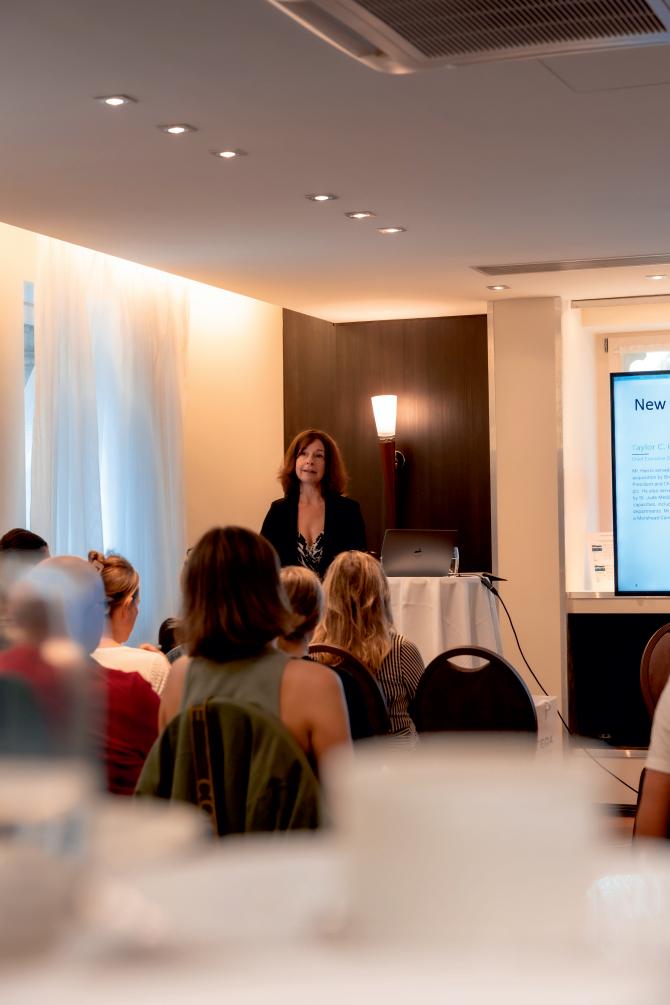
copyright @tersiusvanrhyn
believe,itcanachieve.”Thismindset,shebelieves,iskeyto overcomingchallengesandmakingameaningfulimpact.
Heradviceforfuturehealthcareleadersistoremainauthentic inallyoudo.“Ithinkstayingauthenticisastrength,evenifit sometimes feels like going against the grain,” she says. By drawing on this authenticity, leaders can find the strength to make sound decisions and navigate difficulties with resilience “Drawing on your authenticity gives you a palpablestrengththatenablesyoutoberightinyouractions and decisions. Then everything becomes fluid, despite the difficulties,”sheconcludes.

Thefaceofcontemporarymedicineisever-changing, propelledbytechnologicalgrowth,changingpatient demand, and innovative leadership. Transformative health leaders drive this growth with their visionary minds coupledwithhands-onexpertise,rewiringhealthcareservice delivery These leaders are not administrators but change agents who use their presence to bring new technologies, patient-centeredcare,andsolutionstosysotropicchallenges. Their impact is deep, transforming medical practices to be moreequitable,efficient,andeffective.
This article discusses how dynamic healthcare leaders have transformed contemporary medical practices through innovation, collaboration, and a focus on patient outcome improvement.
Theuseoftechnologyinthehealthcaresystemsisoneofthe most significant contributions of transformative health leaders The telemedicine, AI and EHRs revolution has transformedcaredelivery Havingpeopleembracetheuseof technology such as AI-driven imaging and wearable health devices,peopleareinapositiontodetecttheonsetofdiseases earlierthanbeforeandtheirinterventionsaremoreprecise.As an example, AI algorithms can now be used to interpret medical images to an accuracy comparable to medical experts, which will decrease errors in diagnostics and positivelyinfluencetheoutcomeofthepatient.




Theotherfeatureoftransformativehealthleadersisthatthey are committed to patient-centered care, a system that aligns theneeds,preferences,andvaluesofpatients.Thisevolution has resulted in some dramatic changes in medical practice such as the use of patient portals, which allow patients to access their health data, communicate with clinicians, and makeappointments.
Whole-person approaches addressing social determinants of health, such as poverty and access to education, have also been promoted by leaders since they understand that these problems have a direct impact on patient outcomes. These Leaders have transformed the relationship between doctors andpatientsmakingitmorecollaborativeandunderstanding, byestablishingenvironmentswherepatientscanbeheardand listenedto.
Transformative healthcare leaders play a role in resolving systemic disparities to the healthcare system as well. The problem of inequality in health literacy, treatment efficacy, and access to medical services has plagued the healthcare industry in many countries. Through community-imposed healthcare systems and by promoting health equity in the world, as done by Farmer and others, transformative leadershipcantranscendboundariesandhelpcaretomarginalized groups.Theseleadershaveinfluencedthehealthpracticeby promoting health equity policies. To give an example, their efforts have led to the success of the drive to expand healthcare access in rural communities or provide culturally competent care to minority communities. In addressing systemicchallenges,suchasunderfundingordiscriminating healthAIalgorithms,theycontributetothefactthatmedical innovationsbecomeavailabletoeveryone.
Collaboration is the foundation of transformative healthcare leadership. New medicine challenges, such as pandemics or chronic illness management, demand interdisciplinary solutions fusing skills from medicine, technology, policymaking, and social sciences. Transformative health leaders arewellversedinbuildingcoalitionsandbringingpartiesto thetabletosolvecomplexproblems.
Such a collaboration spirit has led to innovations like integrated care models where primary care clinicians, specialistsandmentalhealthcliniciansworktogethertooffer comprehensivecare.
These models have enhanced patient outcomes through the combined physical and mental health addressal. Through team building and elimination of silos, these leaders have established an integrated and more responsive healthcare system.
The impact of transformative health leaders reaches beyond directchangetohealthpractices;theyaremappingthefuture of health care by teaching the next generation of health professionals and calling for systems that can sustain Througheducationreform,theyhaveadvocatedforcurricula thatfocusonleadership,ethics,andtechnologicalknow-how in addition to clinical competence. This ensures that future healthprofessionalsareabletosteeranincreasinglycomplicatedsystem.
Moreover, the leaders also push for policies that encourage healthcaretobesustainable,forexample,minimizingwaste in health facilities or allocating money into preventive servicesforareductioninlong-termcosts.Theirprogressive philosophy makes medical practices adaptable and able to surviveincaseofcalamitylikeclimaticchangeoranelderly society.
The importance of transformative health leaders in the modernhealthpracticecanbenomoreunderestimated.They haveinspiredinnovationintechnology,patient-centeredcare, addressedinequitiesinthesystem,aswellasinterdisciplinary practice with their vision, bravery, and commitment. Their efforts not only enhanced healthcare delivery but also laid a basis for a more equitable and sustainable future. With the evolution of medicine, the impact of these leaders will continue to inspire change, so healthcare systems can stay agileinresponsetopatients'andsociety'sneeds.
-Pearl Shaw
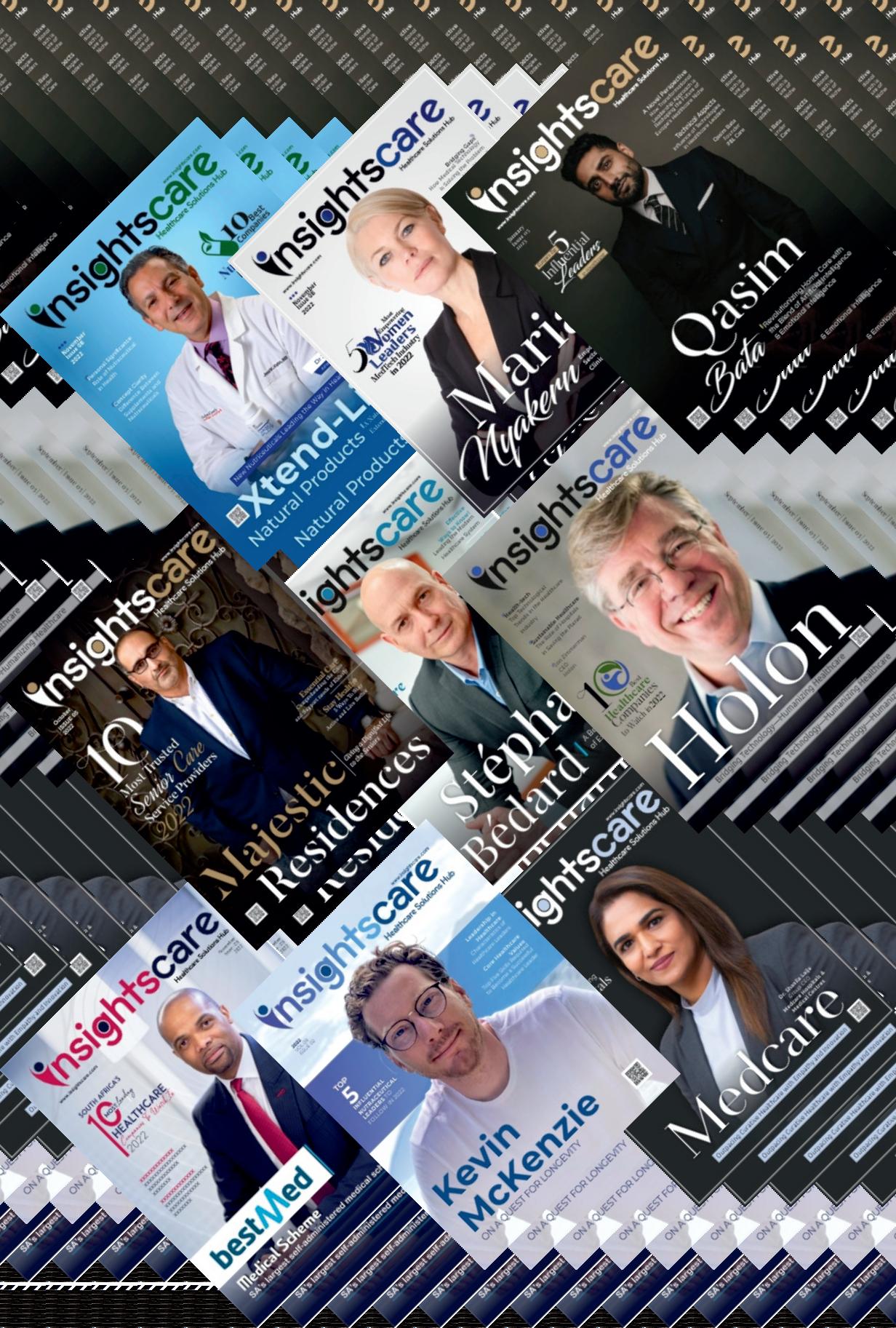
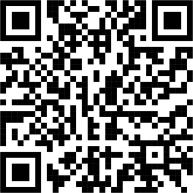

Dr. Markus Meier’s professional journey is a compelling testament to strategic leadership and systemic transformation in the healthcare sector. Beginning his career as a health economist at Novartis International, he developed a sharp understanding of the delicatebalancebetweenmedicalinnovation,qualityofcare, andcost-efficiencywithinthepharmaceuticallandscape.This foundation laid the groundwork for a trajectory that would spankeyrolesacrosssomeofSwitzerland’smostprominent healthcareinstitutions.
FollowinghistenureatNovartis,Dr.Meiertransitionedinto consulting with PwC, where he advised a diverse range of hospitalorganizationsbothdomesticallyandinternationally His experience there further cemented his reputation as a forward-thinking strategist. He went on to serve as Head of Strategic Management at the University Hospital of Bern, where he led the historic merger with Spital Netz Bern AG—resulting in the formation of Insel Gruppe, the largest hospitalconsolidationinSwisshistory.
Dr MeierlaterbecameDirectorofHirslandenKlinikAarau, wherehesuccessfullytransformedtheinstitutionintooneof the country’s most cost-efficient tertiary care centers. His achievements earned him a promotion to Group General Manager for Operational Excellence at Mediclinic, the hospitalgroup’sparentcompany.
His decision to take on the role of CEO at KSA KantonsspitalAaraustemmedfrombothapersonalcalling
andadesiretotackleaformidableprofessionalchallenge.At thetimeofhisappointment,KSAwasoperatingatafinancial deficit and required government support. Under the leadership of Dr. Meier and with the unwavering support of the Chairman of the Board, the hospital has undergone a remarkabletransformation—graduallyrestoringitsfinancial stability and reinforcing its position as a leading medical institution.Underhisguidance,KSAisincreasinglyregarded as a benchmark for operational excellence and a beacon of strategictransformationinthehealthcaresector.
Let’sdelveintotheinterviewdetailsbelow!
WhatcorevisiondrivesyourleadershipatKSA,andhow has it evolved to meet the dynamic needs of the Swiss healthcaresector?
My core vision for KSA is: “Excellent medicine. Anytime. Foreveryone.”Tome,thisisnotjustaguidingprinciple–it’s adailycommitmentwestrivetoliveupto,inclinicalquality, humaninteraction,andfinancialresponsibility
The Swiss healthcare system is facing immense pressure: rising costs, workforce shortages, increasing regulatory interventions, and the accelerating pace of digital transformationallcallfornewwaysofthinkingandleading. Inthisenvironment,Iseeleadershipasaproactiveforce–one that embraces change with courage while respecting the essentialvaluesattheheartofanyhospital:trust,competence, andreliability
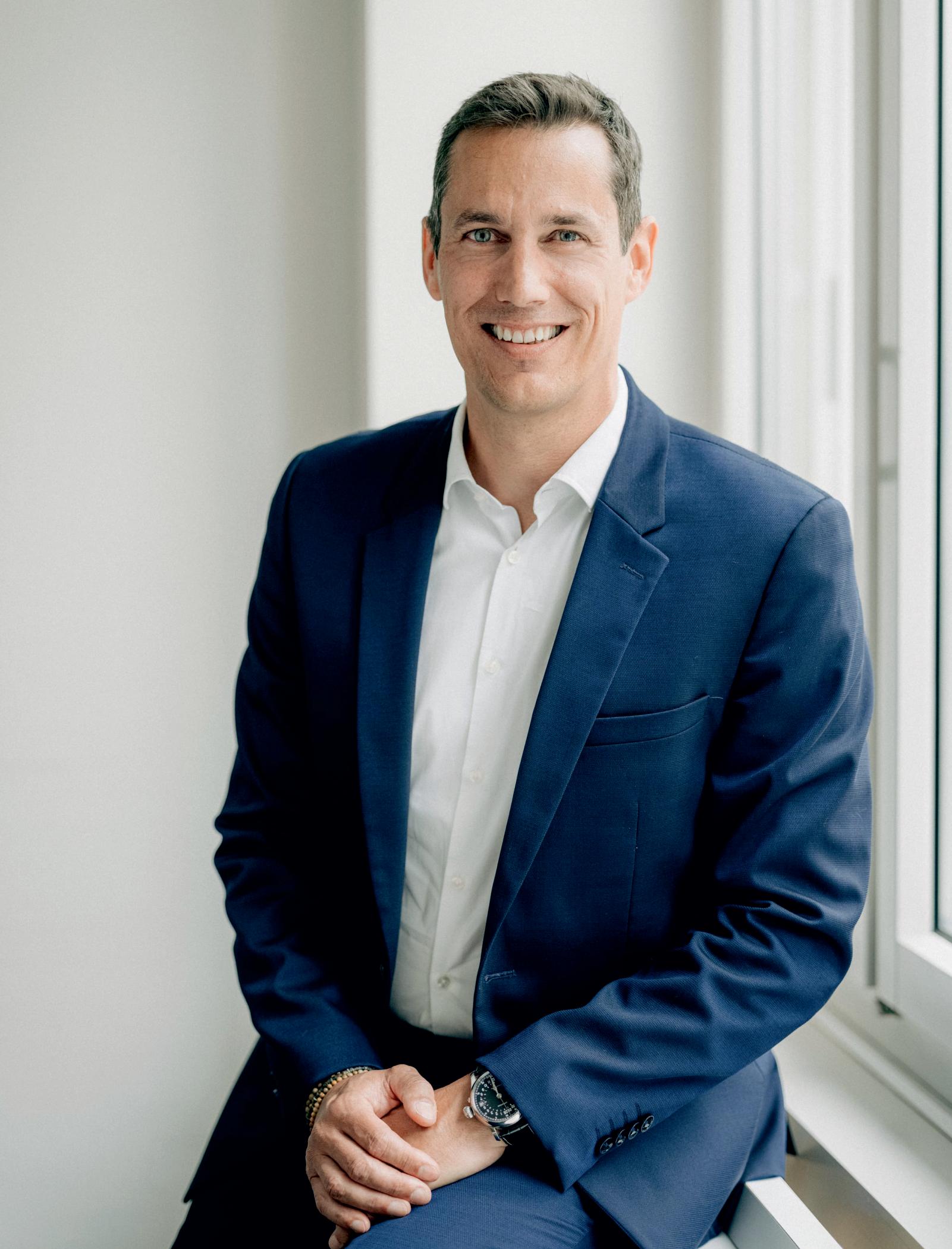


Strong Visual Representation Of Our New Hospital Building –One Of The Largest Single-structure Hospital Facilities In All Of Europe
Our vision at KSAis therefore inherently multidimensional. Ononehand,weaimtoremainaleadingtertiarycarehospital with a university-level standard of excellence. On the other, we are continuously advancing a structural and cultural transformation–becomingmoreagile,efficient,anddigitalin everythingwedo.
What are some of the most impactful innovations or digital transformations you've spearheaded recently at KSA?
Innovationbeginswithmindset–anditmustbedemonstrated from the top. It is not just about adopting new technologies; more fundamentally, it’s about embracing a culture of curiosity, the courage to challenge the status quo, and the commitmenttoexplorenewpathstogether.
Shortly after assuming the role of CEO at KSA, I implementedakeystructuralinnovationbystreamliningthe executiveleadershipteamtosixmembers,eachwithclearly defined responsibilities. This leaner organizational structure hassignificantlyimprovedourabilitytomakedecisionsina morefocused,agile,andtimelymanner.
Equally important to me is that we don’t just discuss innovative approaches – we apply them in practice. For example,wehaveadoptedprinciplesofmeta-leadershipand complex problem solving to better manage multifaceted challengesthroughcollaborativeandadaptiveleadership.
Inthefieldofdigitaltransformation,KSAisbeginningtoset benchmarks. We are pioneering the use of AI-supported diagnostics and deploying smart administrative assistance tools such as chatbots and digital interpreters. To accelerate
these efforts, we established a dedicated AI unit that continuously develops, tests, and implements new digital solutions aimed at improving both patient care and operationalefficiency
How have you navigated the challenges of regulatory change, digital disruption, and patient expectations in recentyears?
Theregulatorychangesofrecentyearsdemandahighdegree of adaptability and a deep understanding of the legal framework in order to ensure full compliance without compromisingouroperationalperformance.
Digitalization and technological innovation present tremendous opportunities—but they also pose significant implementation challenges.At KSA, we have responded by consistently investing in our digital infrastructure, implementing advanced IT solutions, and expanding our telemedicine offerings. These efforts will remain a strategic prioritygoingforward.
Atthesametime,patientexpectationscontinuetorise.People nowseeknotonlythehigheststandardsofmedicalcare,but also greater transparency, convenience, and a more personalized experience. In response, we have developed patient-centered services and communication channels that cater to individual needs and actively promote patient engagementthroughoutthecarejourney
How is KSA contributing to broader societal and environmentalgoalsinthehealthcarespace?
Our contribution begins with a strong commitment to social equity:Weensureaccesstohigh-quality,comprehensive,and affordable healthcare for all individuals regardless of origin,socioeconomicstatus,orinsurancecoverage.
From a societal perspective, we actively invest in education and training, support research initiatives, and engage in partnerships with regional stakeholders, academic institutions, and universities. These collaborations help strengthen the healthcare ecosystem and foster innovation acrossthesector
Ontheenvironmentalfront,wepursueaclearandconsistent sustainabilitystrategy.Keypillarsincludeenergyefficiency, resource conservation, waste management, and responsible procurement. Through these efforts, KSA is taking meaningful steps toward a more sustainable and socially responsiblehealthcaresystem.

“Innovation begins with mindset – and it must be demonstrated from the top.”
Howhavepartnerships—withtechfirms,universities,or health startups influenced KSA’s growth and innovation?
AtKantonsspitalAarau,partnershipsareakeydriverofboth growth and innovation. In today’s complex and rapidly evolving healthcare landscape, we believe that progress is only possible through collaboration and the shared developmentofnewsolutions.
Our partnerships with technology companies allow us to evaluate and implement cutting-edge digital tools and medical technologies early and in a real-world clinical environment This accelerates our ability to translate innovationintotangiblevalueforpatientsandstaffalike.
Through close collaboration with universities and research institutions, we integrate scientific insights directly into clinical practice. These partnerships not only enhance our medicalexcellencebutalsostrengthentheeducationoffuture healthcare professionals and support forward-thinking researchinitiatives.
Intheareaofstartups,weseesignificantuntappedpotential. To better leverage this space, we have recently joined an innovation and startup hub positioning ourselves to collaboratemoreactivelywithemergingventuresandexplore disruptiveideas.
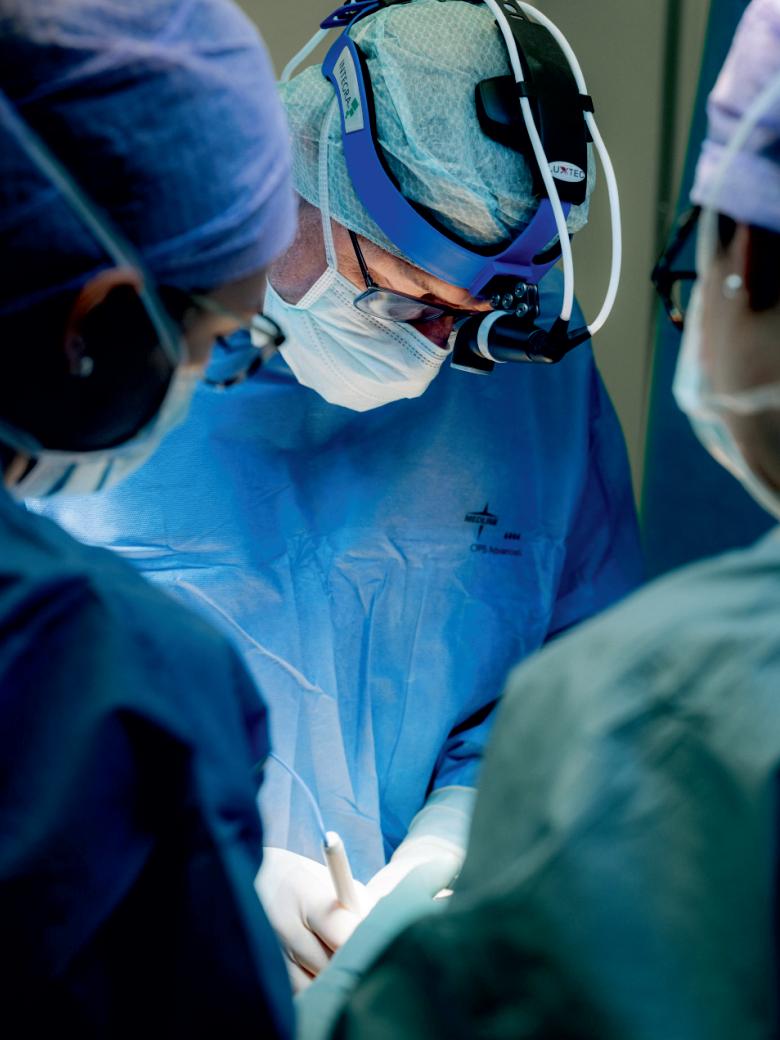

Whatemergingtrendsortechnologiesdoyoubelievewill most significantly reshape healthcare delivery in Switzerlandoverthenext5–10years?
I see several emerging trends and technologies that will fundamentallyreshapehealthcareoverthenextdecade.
At the top of the list is artificial intelligence (AI). AI is increasingly being used in diagnostics, treatment planning, and process optimization. It enables highly personalized medicine that is more precise, efficient, and tailored to individualpatientneeds.
Equally transformative is the digitization of patient care—includingtelemedicine,remotemonitoring,anddigital health platforms—which will continue to expand, making healthcaremoreaccessibleanduser-centered.
Another major trend is the integration and connectivity of healthcare stakeholders from hospitals and general practitioners to social services. New interoperable systems andshareddataplatformswillenhanceinformationexchange andcoordinationacrosstheentirecontinuumofcare.
Finally, preventive care and health promotion will gain increasingimportance,supportedbysmarttechnologiesthat empowerindividualstomanagetheirhealthproactively
What advice would you offer to emerging professionals aspiring to drive transformation in the healthcare industry?
My most important advice to young professionals aiming to shape transformation in healthcare is this: Stay open to changeandremaincurious.Drivingtransformationrequiresa mindsetofcontinuouslearningandtheflexibilitytoadaptto newchallenges.
Atthesametime,itisessentialtokeeppeopleatthecenterof every decision. Technological innovation and process improvements can only succeed if they create real value for patients and empower healthcare teams to deliver the best possiblecare.
Last but not least, transformation requires courage and perseverance. Change often meets resistance, and lasting impact comes from staying the course with vision and determination.
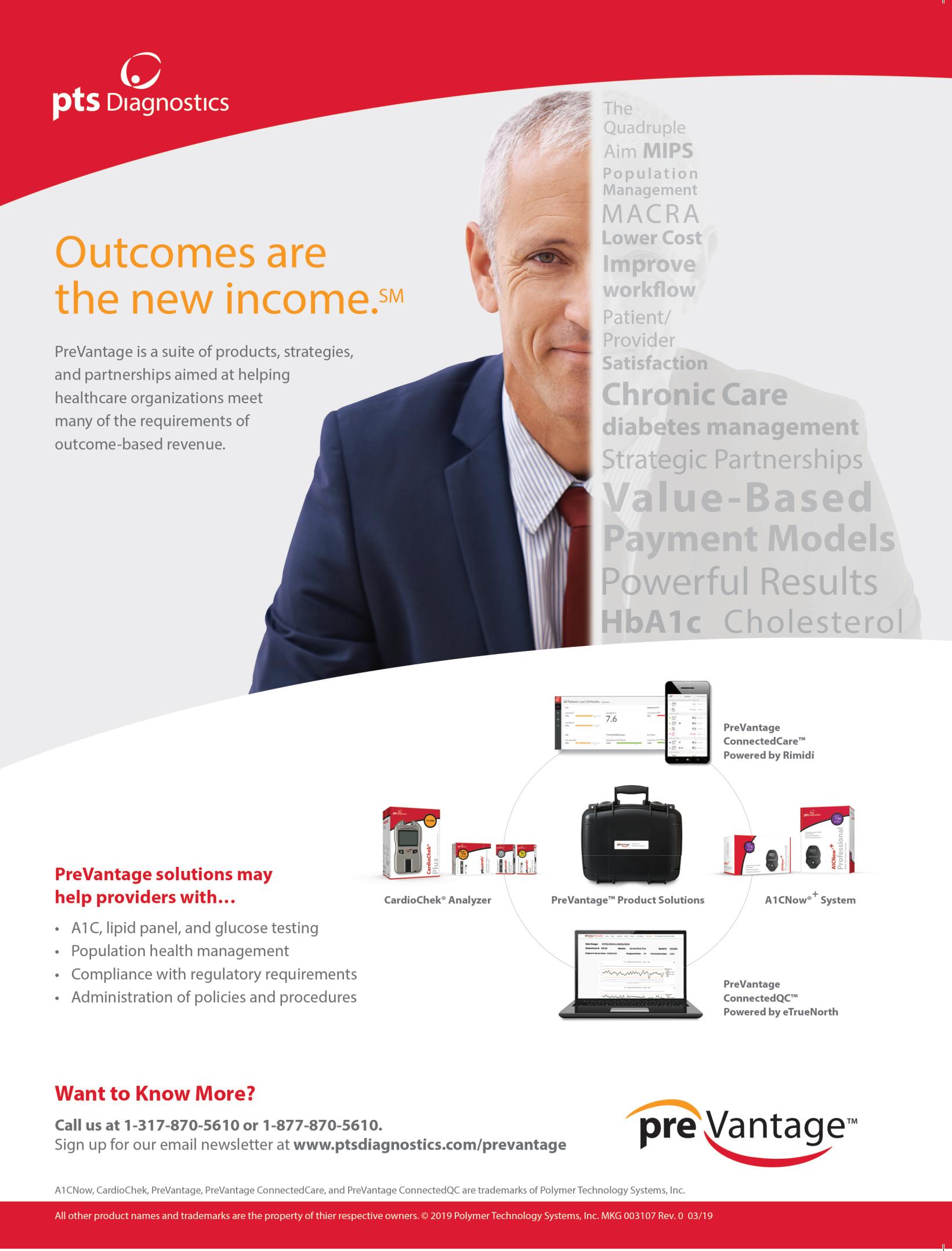
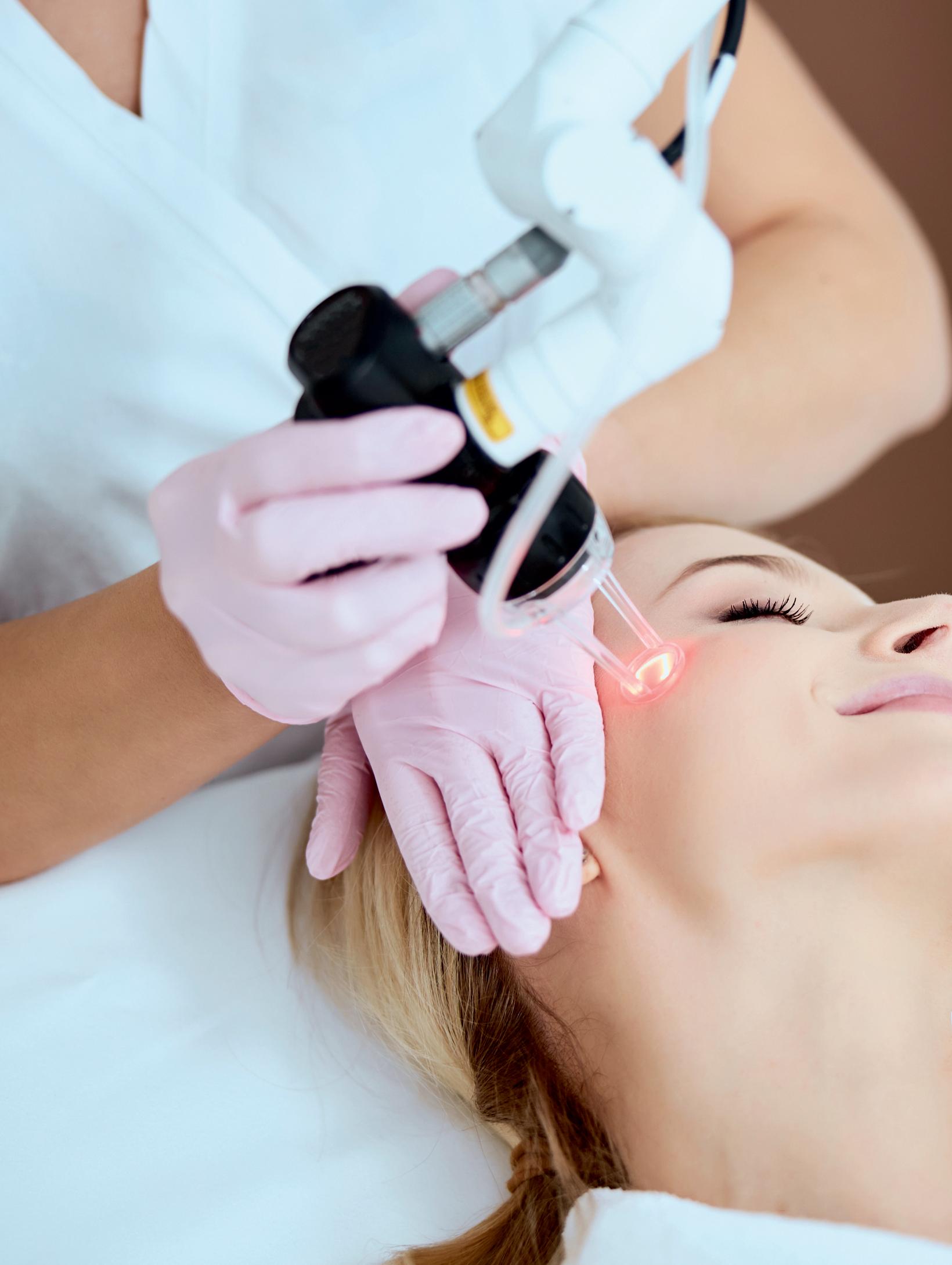
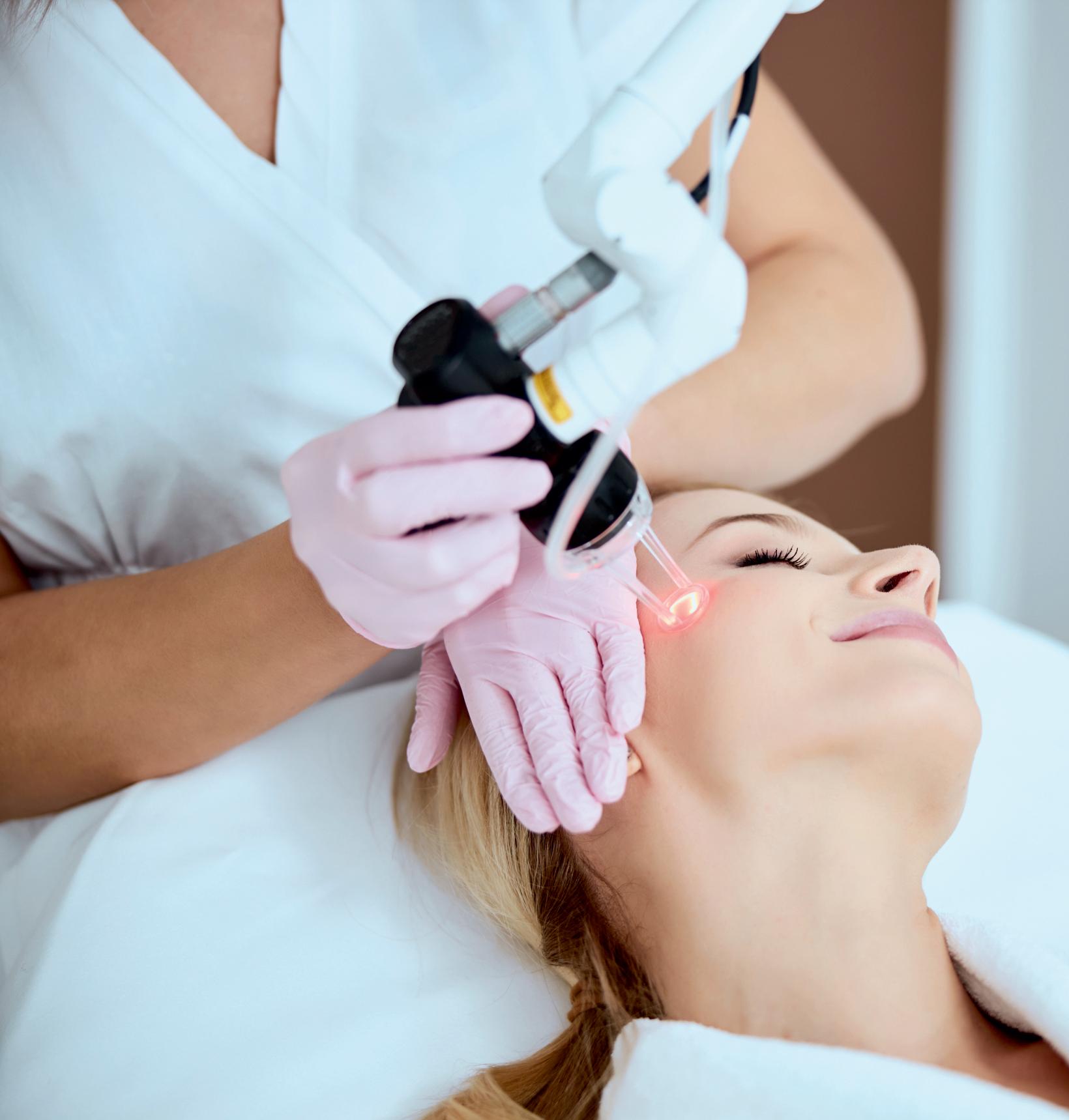
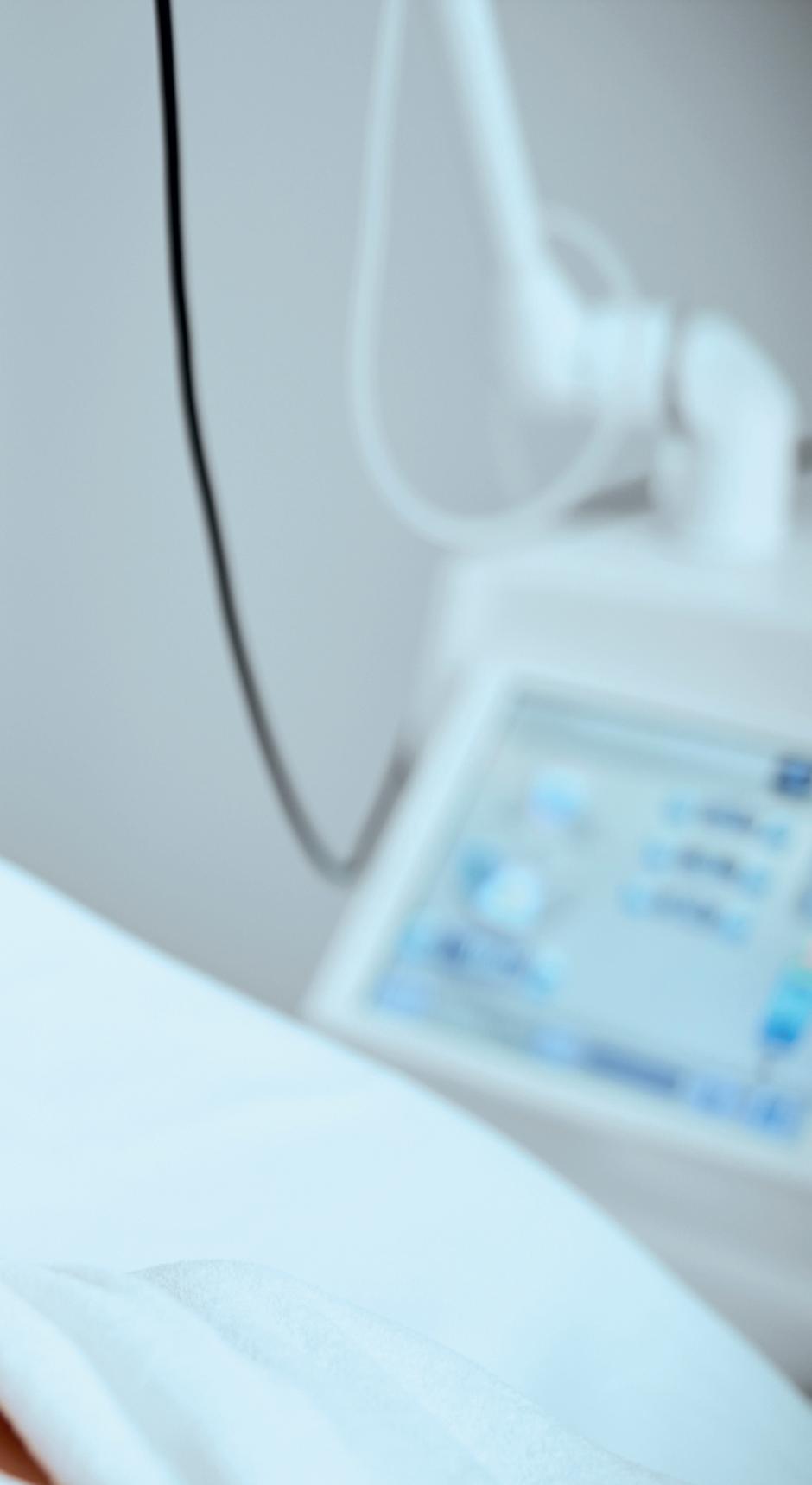
By 2025, the cosmetic medicine scene has made a dramatic shift with non-invasive treatments taking center stage. These procedures, which involve little tonodowntime,pain,andrisksassociatedwithconventional surgery, have become increasingly popular. Spurred by advances in technology, evolving attitude towards society, andtheincreasingdesireforbeautyataffordableprices,noninvasive cosmetic treatments have become the backbone of theaestheticworld.
This article examines the reasons behind their popularity, the most sought-after treatments, and what this means for the futureofcosmeticmedicine.
Nonsurgicalfacialtreatmentsareattractivetomanypeople, including millennials who need preventative care and older people who need to reverse signs of aging. Unlike surgical procedures such as facelifts or liposuction, these treatments require no incisions, general anesthesia or long recovery period. This has democratized cosmetic treatments so that peoplewhohaveactivelivesandcannotaffordtotakeweeks offcannowaffordthem.
Thehigherspeedoftechnologyhasbeentheprimestimulusin the evolution of non-invasive therapies. The creation of advanceddevicesandmethodshasrenderedtreatmentsmore effective, safe, and relaxing, thus being able to draw more individualstowardsthem.


Asanillustration,theskinrenewalhasbeenchangedbylaser technologies, such as fractional CO2 lasers and picosecond lasers. This kind of equipment is precise to fine wrinkles, lines,hyperpigmentationandyieldstheresultscomparableto surgicalproceduresbutwithnoneoftherisks.
Ultrasound and radiofrequency (e g Ultherapy and Thermage) have become more popular as well. The treatments stimulate production of collagen deep into the skin, causing face and body lifting and tightening. These devices becameavailableasportableandhome-usedevicesin2025, and this feature allows consumers to prolong the results betweenprofessionalsessions,whichmakesthemarketeven faster
A number of non-surgical treatments have taken over the cosmetic medicine industry in 2025. Among the most indemandare:
BotoxandFillers:Botoxremainsthetreatmentofchoicein reducing dynamic wrinkles such as forehead lines and crow lines. Dermal fillers work by adding volume back to the cheeks, lips and the under-eyes. In 2025, micro-dosing techniques,whereapatientisofferedtouselessoftheproduct toproducealesspronouncedeffectbecameamorecommon practice among younger customers who visit clinics to get preventativetreatments.
Laser Skin Resurfacing: Lasers are used because there are several different reasons to use them e.g. to treat acne scars, sun damage and blotchy skin. The introduction of less invasive, no-downtime lasers within the last few years has madetheseproceduresappealingtobusypeopleaswell.
Cryolipolysis (Fat Freezing): The CoolSculpting machines employ non-invasive cooling to destroy the bulges of stubbornfat.Asoftheyear2025,advancesinthetechnology aroundtheideaofcryolipolysishavemadetheprocedureless time-consuming and maximised the outcomes to result as first-linetherapyintheareaofbodycontouring.
Theaffordabilityofnon-invasivetreatmentshasbeenoneof themostimportantreasonsfortheirpopularity.Whilesurgery itselfisusuallyexpensive,runningintothousandsofdollars, non-invasive treatments are comparatively more affordable, rangingfromafewhundreddollarstoafewthousanddollars for each session. Financing schemes, subscription-based
beauty treatments, and loyalty programs provided by clinics havealsobroughtdowntheentrycosts.
Moreover,thespreadofmedicalspasandaestheticclinicshas rendered the procedures more geographically accessible. Urbanandsuburbandwellersalikein2025enjoyspecialized centersmannedbytrainedprofessionals,makinghigh-quality careeasilyaccessibleformost.
Despitethepopularity,non-invasiveproceduresdonotcome without problem. The unqualified entry of therapists and unregulated offices has led to increased safety and efficacy concern.In2025,regulatorshavebeenenforcingbyrequiring thepractitionertobecertifiedandmoreguidelinesontheuse of devices. Patients are also urged to properly vet providers and seek out board-certified dermatologists or plastic surgeons.
Another factor is the possibility of over-treatment. The ease and relatively minor risk of non-surgical treatments cause some to seek too many treatments, with unnatural results or addiction.Educationandaccurateexpectationsareimportant toprovidinggoodoutcomes.
The non-surgical cosmetic medicine market is by no means slowing down ahead of the curve. The results will be even more accelerated by revolutionary technologies, like AIdriven skin analysis software and individual treatment protocols.The blending of regenerative medicine, including platelet-richplasma(PRP)andstemcelltreatments,willalso enhance current procedures, providing more comprehensive methodsforanti-agingandskinwellness.
Sustainability is also on the cards, with green products and devices becoming popular. There are biodegradable fillers andenergy-efficientlasersbeingdesignedtomeetincreasing consumerdemandforenvironmentallyfriendlypractices.
-Pearl Shaw
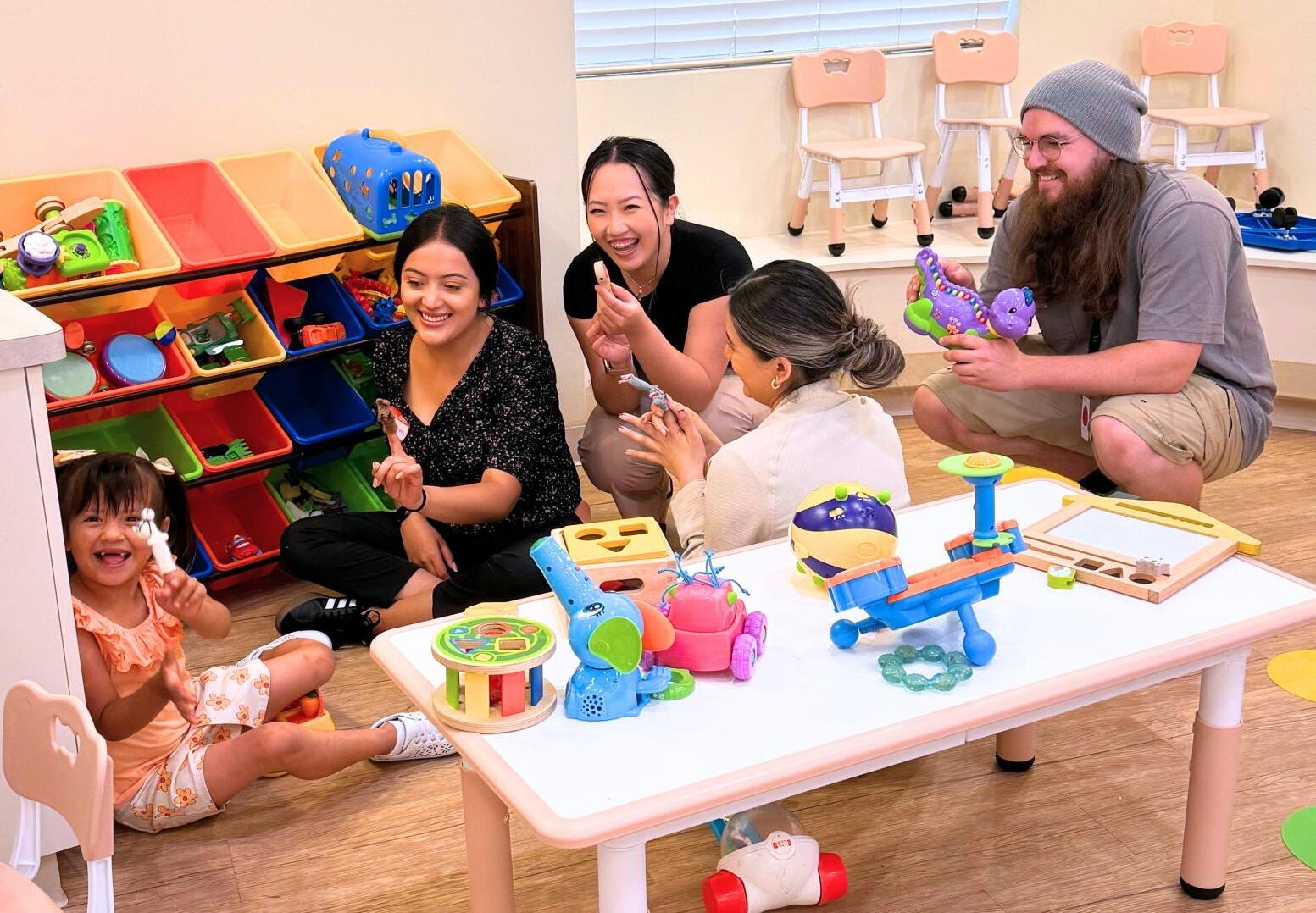


Wearelivinginaworldwheregeography, regulation,andsupplychaincomplexitytoo oftenstandbetweenpatientsandthemedicines theyneed,technologyoffersapowerfulbridge.
AccordingtotheWorldHealthOrganization,inlow-and middle-incomecountries,atleast10%ofthemedicineson themarketarecounterfeitorofpoorquality,withan estimatedeconomicimpactofabout$31billionperyear anddevastatinghealthconsequencesforthemost vulnerablesegmentsofthepopulation.Thisisnotan abstractordistantproblem:itisasilentcrisisthatcontinues toclaimvictimswherepovertyandinequalityalready dominate.
Technology,ifusedresponsiblyandethically,todayhasthe toolstobridgethisgap.Telemedicine,forexample,has revolutionizedthewayhealthcarecanreacheventhemost remoteareas.Theabilitytoconsultadoctorthrougha simpleinternetconnectionhasalreadyproventosavelives, providingdiagnosesandprescriptionstothosewhowould otherwisehavebeenexcluded.
Inparallel,mobilehealth(mHealth)solutionsleveragethe widespreadavailabilityofsmartphonestosendtherapeutic reminders,educatepatients,andmonitorchronicdiseases, contributingtobetteradherencetotherapiesandmore effectivemanagementofpharmaceuticalresources.
Butensuringaccessdoesnotjustmeanphysicallyreaching thepatient:italsomeansensuringthatthemedicineis authentic,safe,andtraceable.Inthisfield,blockchain,the sametechnologyunderlyingcryptocurrencies,isemerging asakeytechnology.Thankstoitsdecentralizedand immutablestructure,itallowsfortrackingeverystageof thepharmaceuticalsupplychain—fromproductionto distribution—preventingthecirculationofcounterfeit medicinesandincreasingtransparencyforallstakeholders involved.
Itisnocoincidencethattheglobalblockchainmarket appliedtothepharmaceuticalsupplychain,valuedat$1.27 billionin2024,isexpectedtoreach$6.57billionby2033. Wearenolongertalkingaboutexperimentation,butabouta structuraltransformationalreadyunderway
Atthesametime,localizedproductionand3Dprintingof medicinesarechangingtherulesofthegame.These technologiesallowfortheproductionofessentialmedicines directlyinthecontextswheretheyareneeded,reducing waitingtimesandlogisticscosts,anddecreasing dependenceonfragileinternationalsupplychains.For countrieswithlimitedresources,thiscouldrepresenta turningpointtowardsgreaterhealthcareself-sufficiency Theincreasinglysignificantcontributionofartificial intelligenceintheresearchanddevelopmentofnewdrugs cannotbeignored.AIisabletoanalyzelargeamountsof biologicalandclinicaldatainafractionofthetime,identify promisingmolecules,andacceleratethephasesof experimentation.ThisnotonlymeansreducingR&Dcosts butalsomakingtheproductionofmedicinesforneglected diseaseseconomicallysustainable—diseasesthatareoften unprofitablefortheindustrybutcrucialformillionsof peopleindevelopingcountries.

Brian Scarpolini is the Finance Director at Unipharma SA, a posi�on he has held since 2023. With over ten years of experience in controlling, he brings a wealth of exper�se to his role. In addi�on to overseeing financial opera�ons, he plays a key role in driving process op�miza�on and automa�on ini�a�ves.
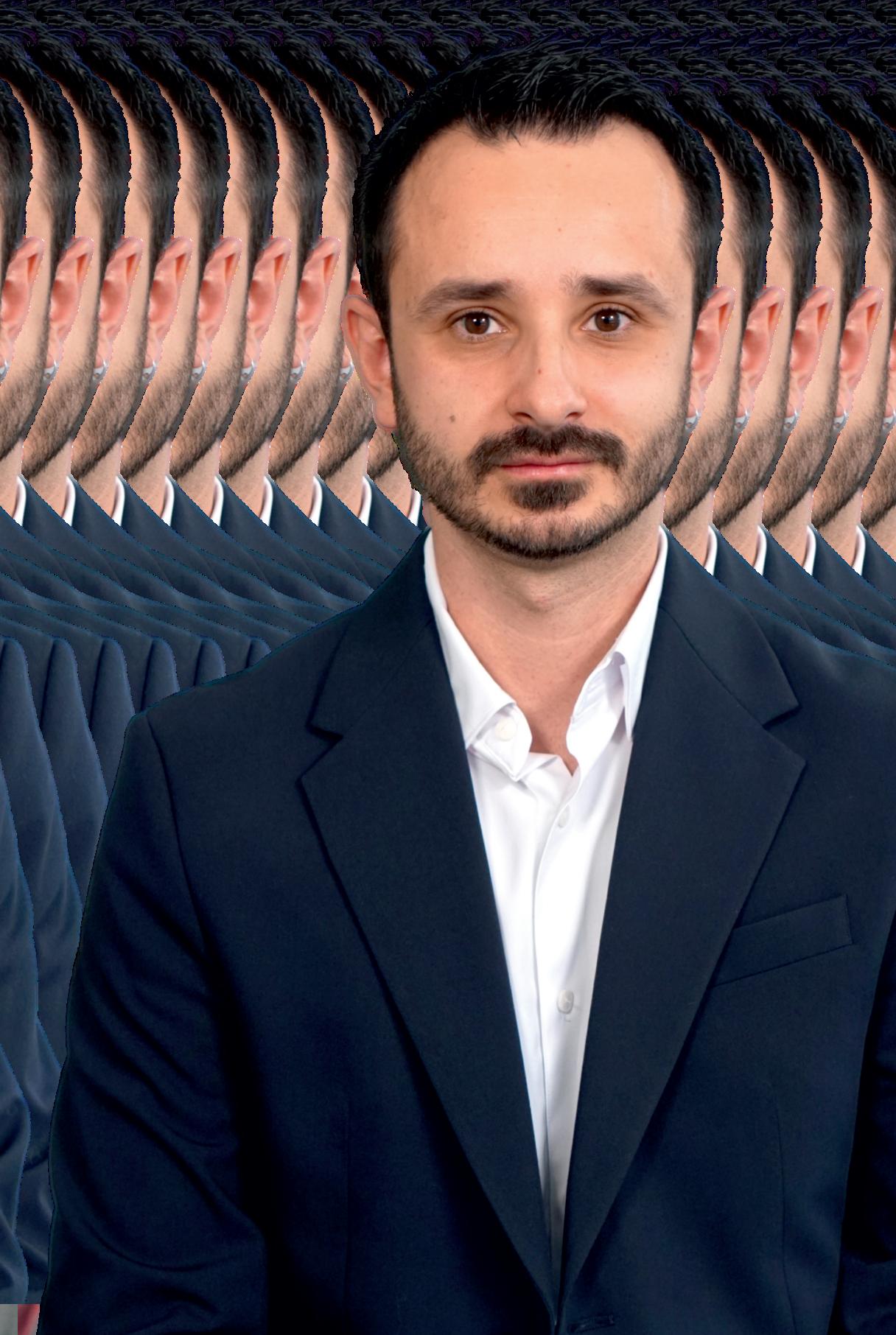
IntheEuropeancontext,theserializationofmedicinesis anotherkeyelementinensuringsafetyandtransparency. TheEuropeanUnionhasintroducedtherequirementto applyuniqueidentificationcodesandtamper-evidentseals oneveryprescriptionmedicine,withtheaimofcombating counterfeiting.EvenItaly,whichhassofarbenefitedfrom itsownsystembasedonthepharmaceuticalseal,willhave tofullycomplywiththisregulationstartinginFebruary 2025.AlthoughtheEuropeansystemdoesnot(yet)relyon blockchain,itrepresentsanimportantsteptoward widespreadtraceability,withatangibleimpactonpatient safety
Anotherkeyelementinstrengtheningglobalaccessto medicinesisinternationalcooperationamongregulatory bodies.OrganizationssuchastheEMA(European MedicinesAgency),theFDA(FoodandDrug Administration),andtheWHOareworkingtoharmonize regulationsandsimplifythemarketauthorizationprocesses. Theadoptionofsharedapproachestodrugregulation—for example,therelianceprocedure—allowscountrieswith fewerresourcestorelyonthescientificdataand evaluationsconductedbymorestructuredagencies.This cansignificantlyreduceapprovaltimesandacceleratethe arrivalofmedicineswheretheyaremosturgentlyneeded.
Anotherpowerfultoolisrepresentedbycompulsory licensesandaccess-facilitatingagreements.Insituationsof healthemergenciesorwheninsurmountableeconomic barriersexist,governmentscanauthorizetheproductionof genericversionsofpatentedmedicineswithouttheconsent ofthepatentholder,asprovidedforundertheTRIPS agreementoftheWorldTradeOrganization.Althoughthis legalmeasureiscontroversial,ithassavedmillionsoflives duringHIV/AIDSepidemicsandcanstillrepresentaway outincriticalcontextstoday
Finally,theroleofnon-profitorganizationsandpublicprivatepartnershipscannotbeoverlooked.Initiativeslike GAVI(theGlobalVaccineAlliance),theGlobalFund,or DNDi(DrugsforNeglectedDiseasesinitiative) demonstratehowcooperationbetweengovernments, industry,academia,andcivilsocietycangenerateconcrete andsustainablesolutions.Thesemodels,focusednoton profitbutonsocialimpact,haveenabledthedevelopment anddistributionoftherapiesforneglecteddiseases,suchas leishmaniasisorsleepingsickness,thataffectmillionsof peopleneglectedbytraditionalmarkets.
Personally,Ifirmlybelievethatthesetechnologiesshould notbetheprivilegeofwealthycountriesorlarge multinationalcorporations.Ibelievethateveryperson, wherevertheywereborn,hastherighttoanauthentic, effective,andaccessiblemedicine.Trueprogressisnotonly measuredinthediscoveryofthenextmonoclonalantibody orthesophisticationofartificialintelligencealgorithms,but intheabilitytobringthesetoolswheretheyaremost needed.Whereachildstilldiesfromasimplebacterial infection,oramothercannotbetreatedduetothelackofa basicantibiotic.
Itisnotenoughtoinnovate:wemustdosowithawareness, withaninclusiveandcompassionatevision.Inconclusion, ensuringuniversalaccesstosafeandeffectivemedications isnotjustamoralobligationbutacriticalsteptoward globalhealthequity.Throughinnovation,ethicalleadership, andinternationalcollaboration,wehavetheopportunityto bridgethegapinaccesstoessentialmedicines.By combiningtechnologicaladvancementswithsolidarity,we canbuildaworldwhereaccesstohealthcareisauniversal right,empoweringindividuals,communities,andnationsto thrive,regardlessoftheirgeographiclocation,socioeconomicstatus,orhealthcareinfrastructure.
Inanutshell-technologyenablesustobemoreagile,more informed,andmoreconnected—allessentialattributes whenworkinginafieldwhereeverydaycounts.It empowerscompanieslikeourstonotjustmoveproducts, buttodelivertimelyhopetopatientsaroundtheworld.


